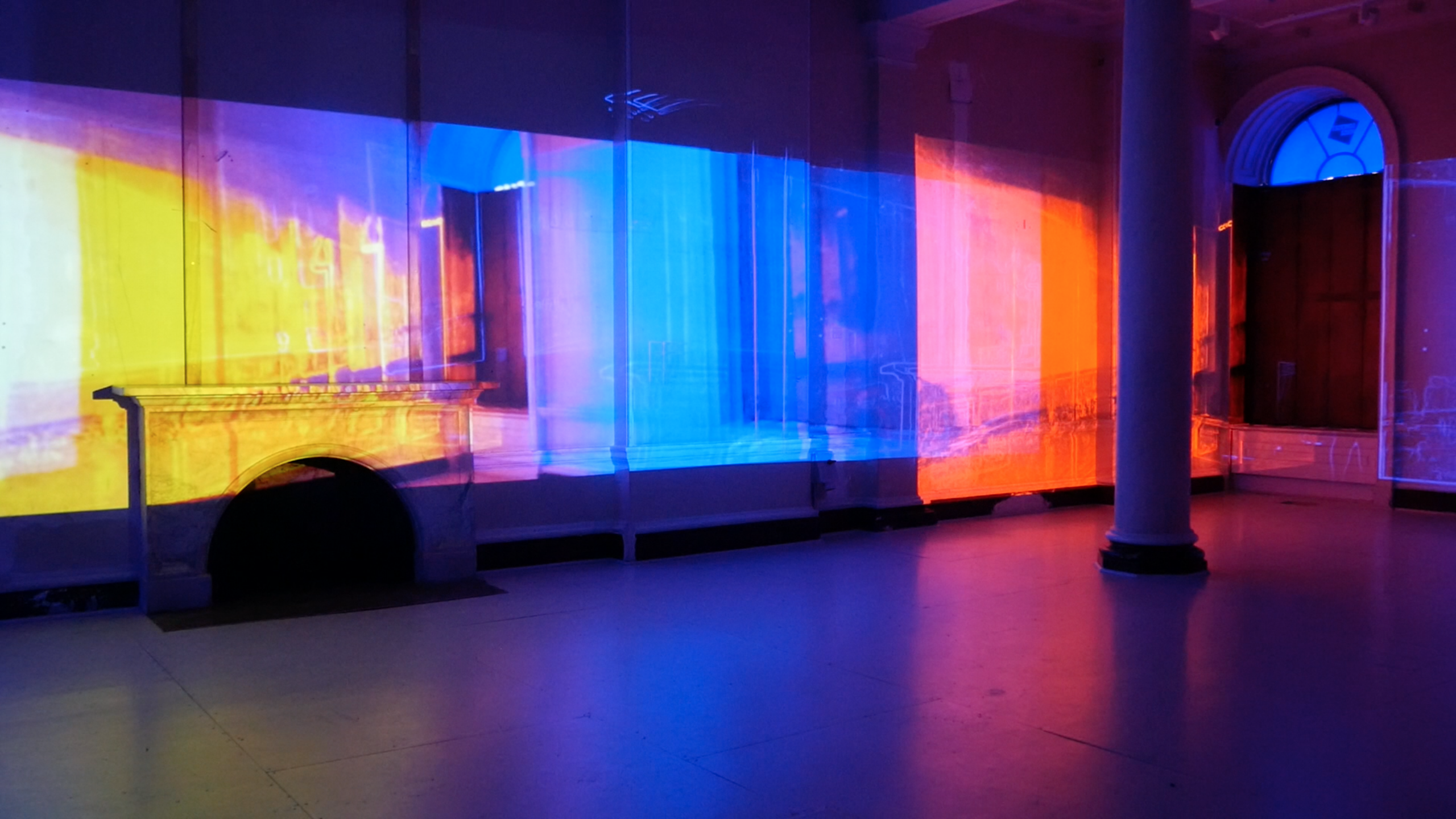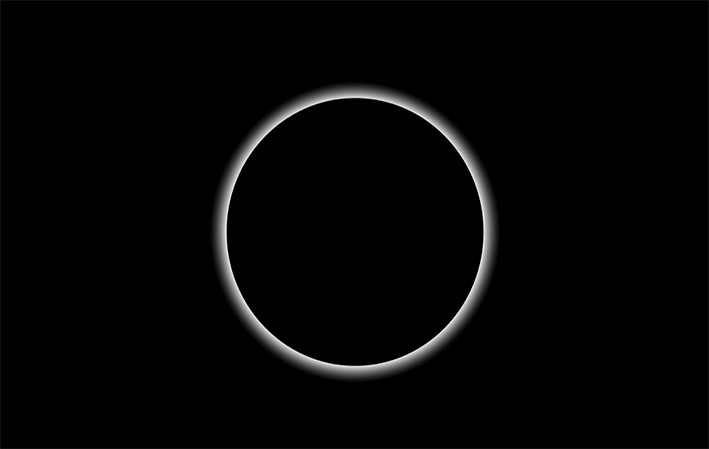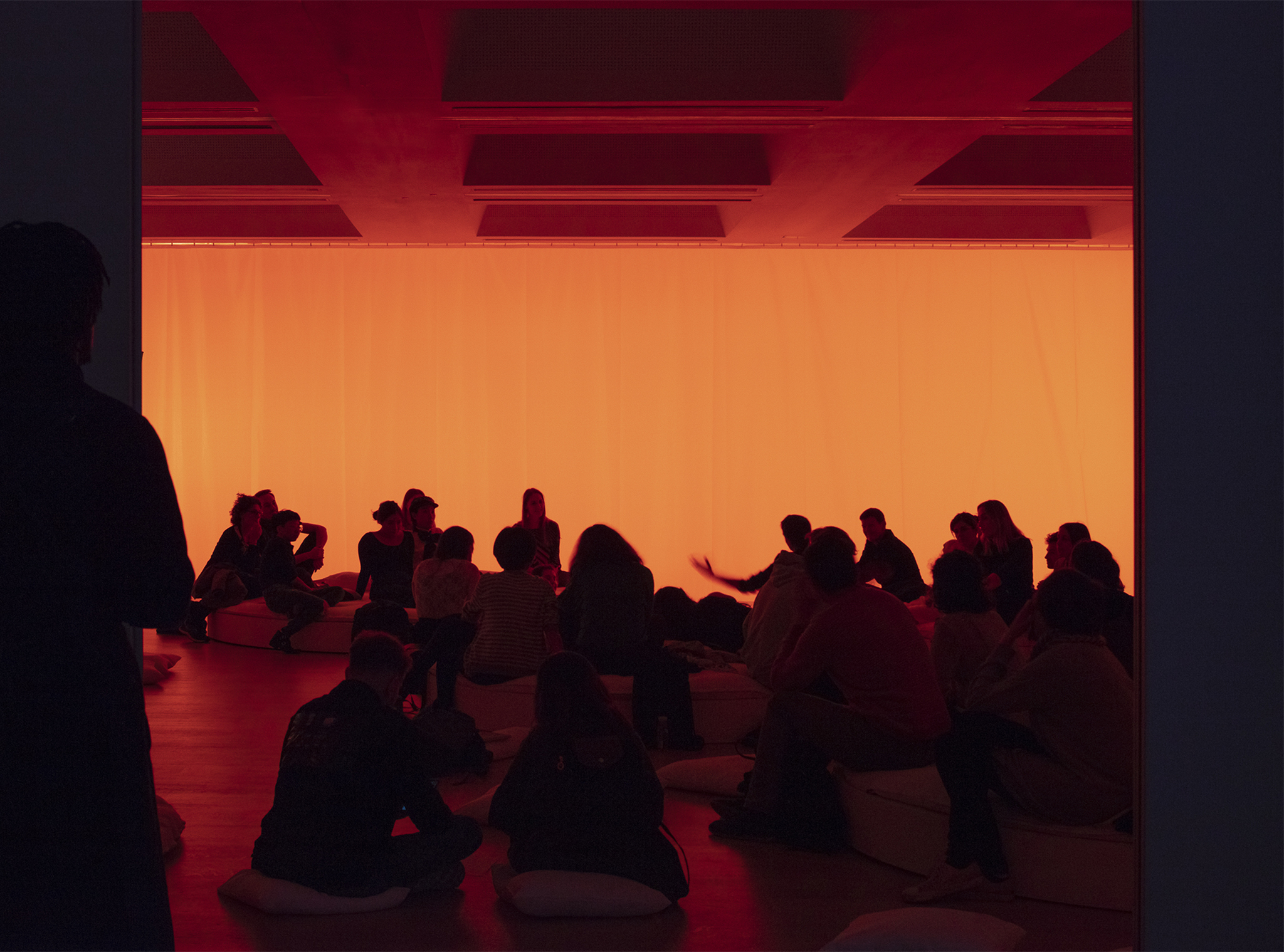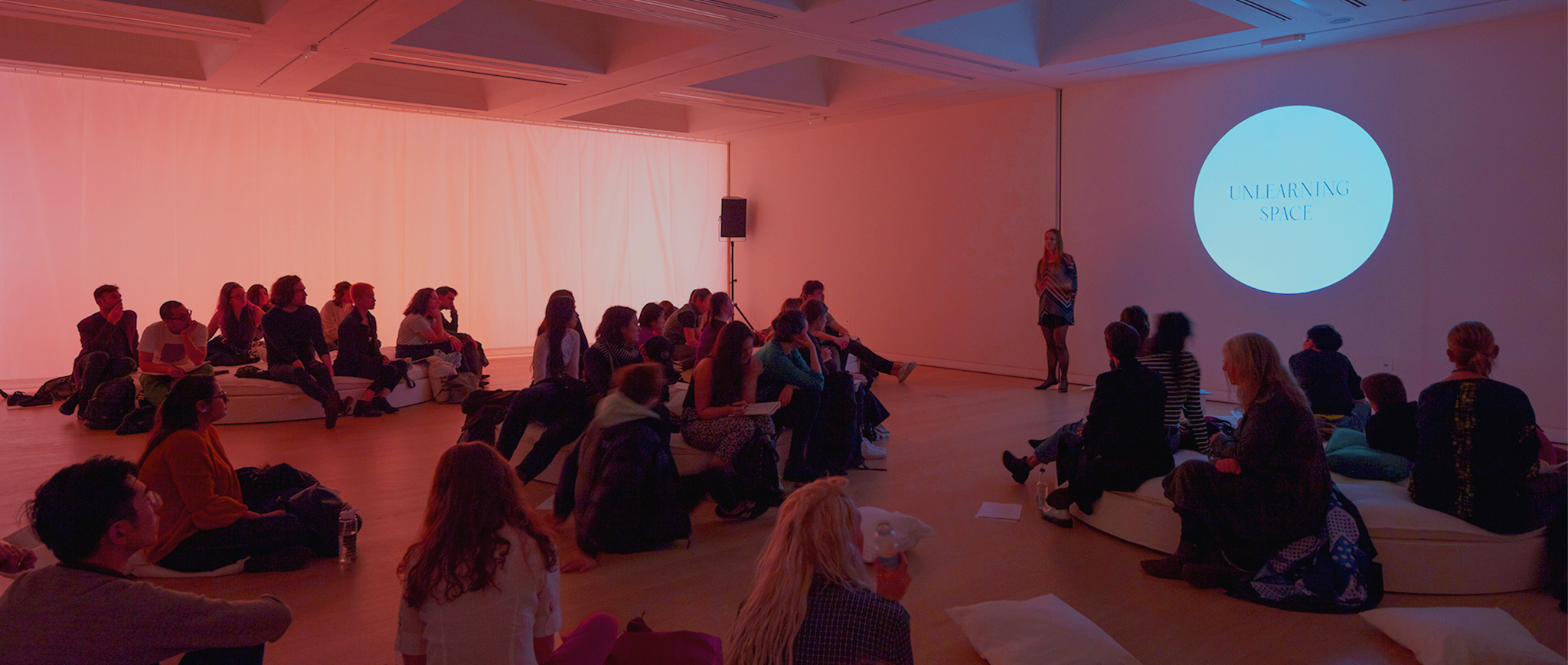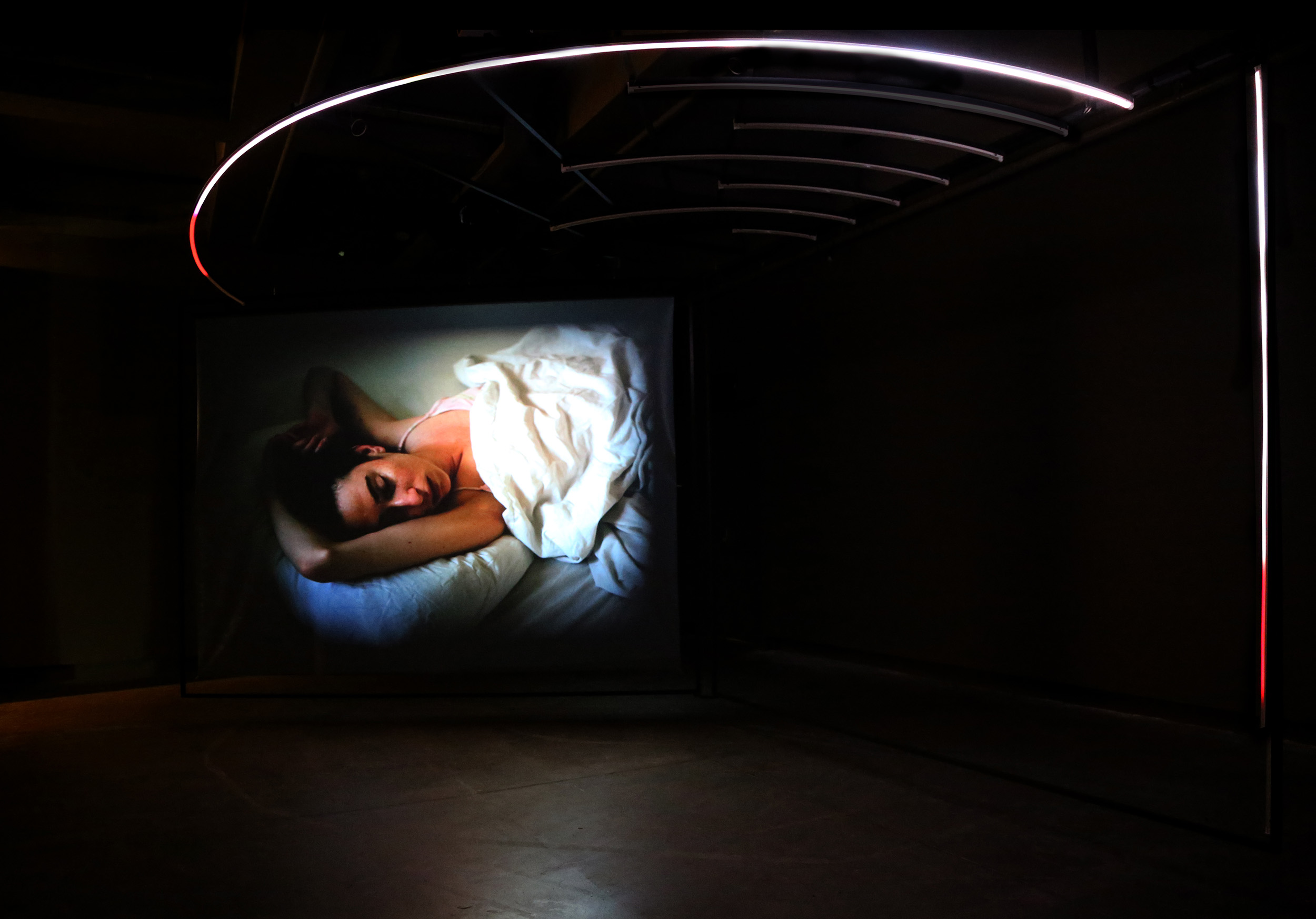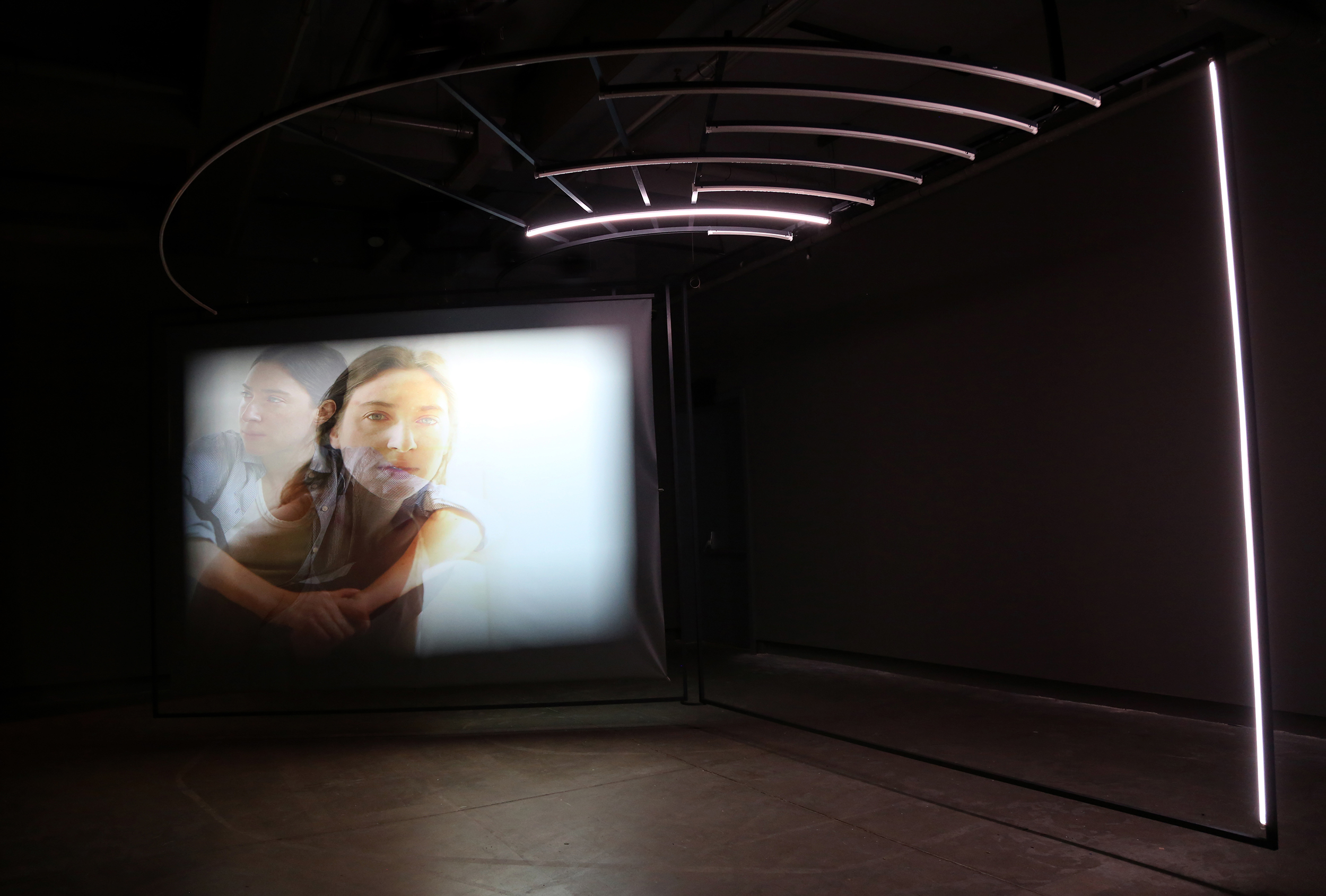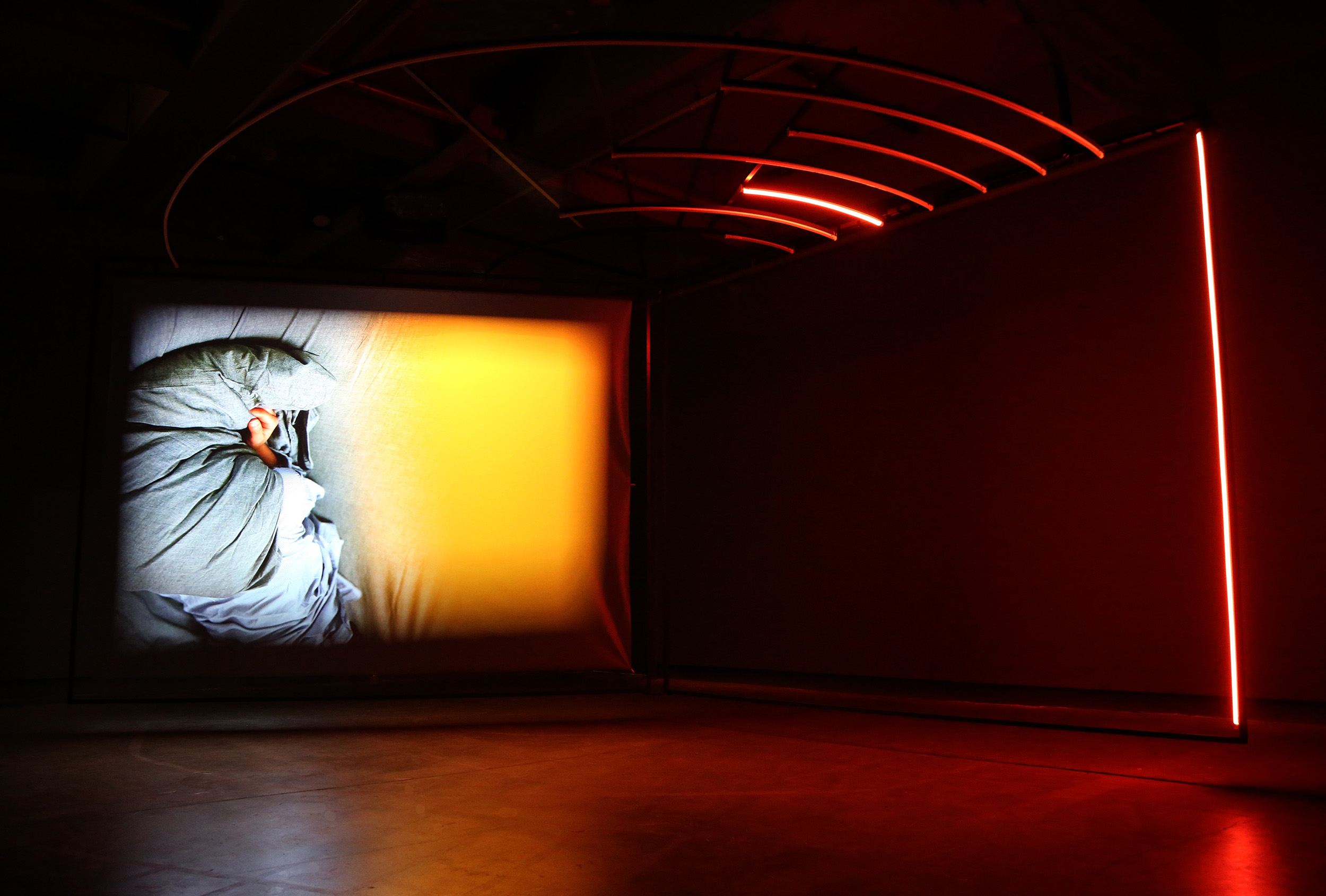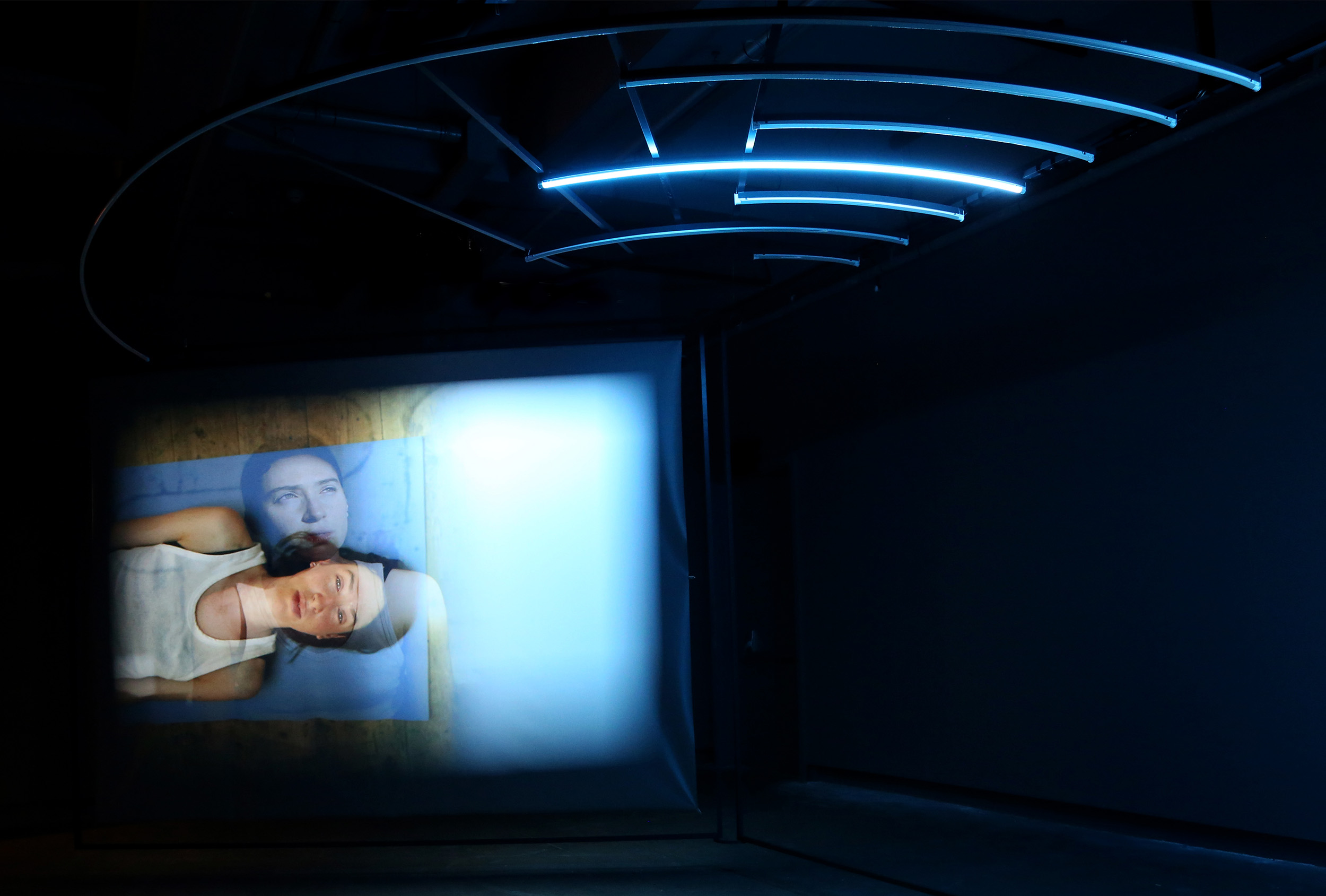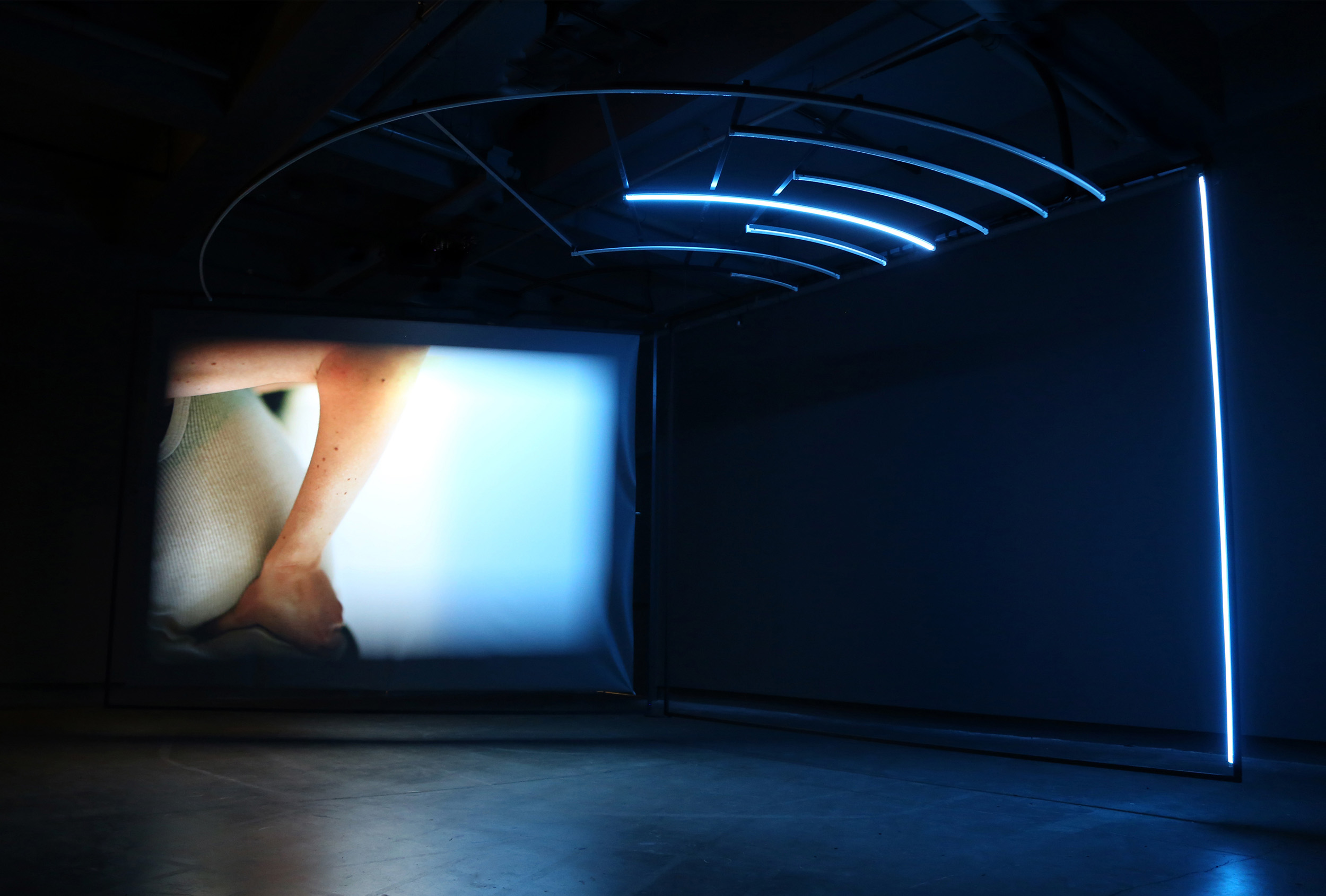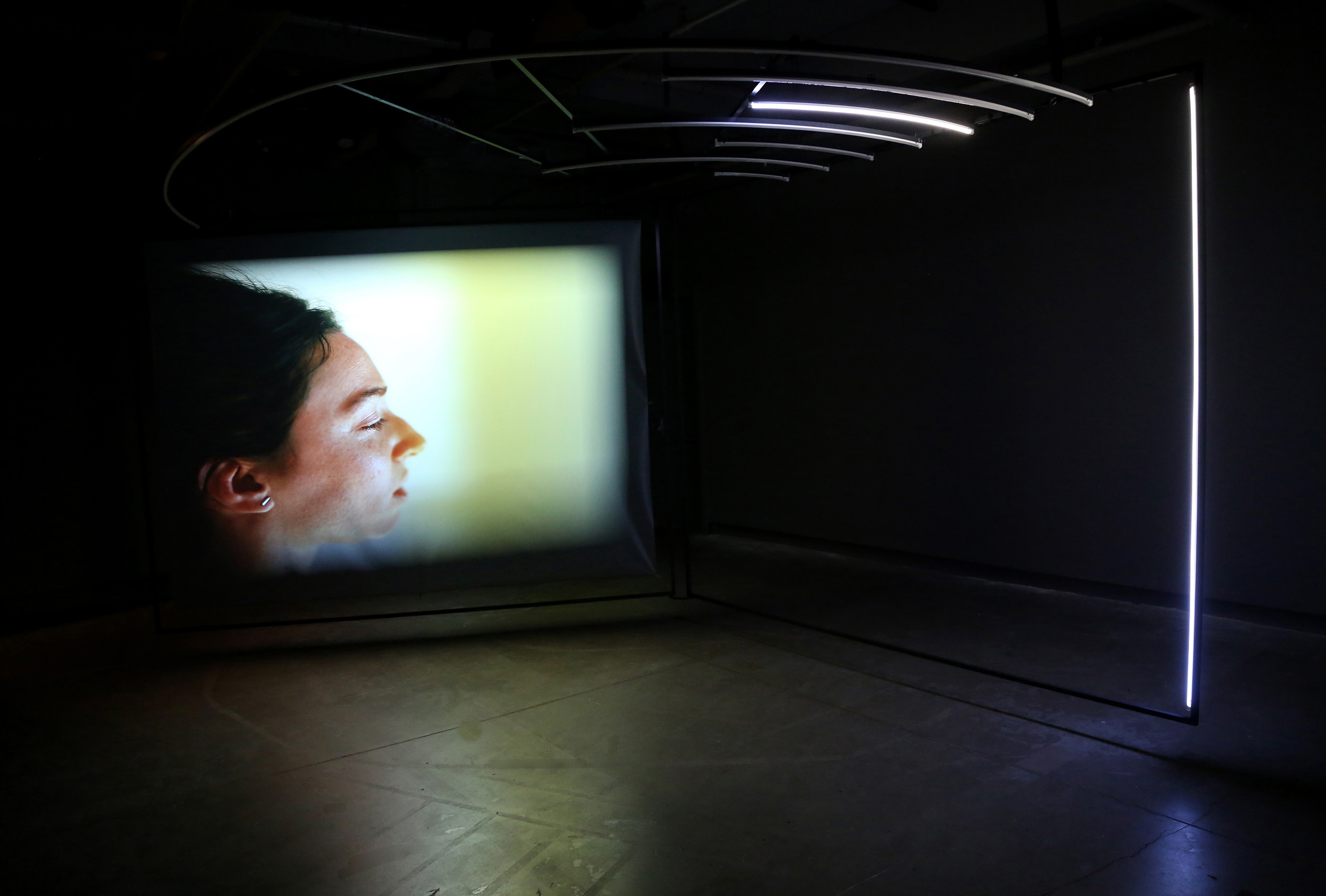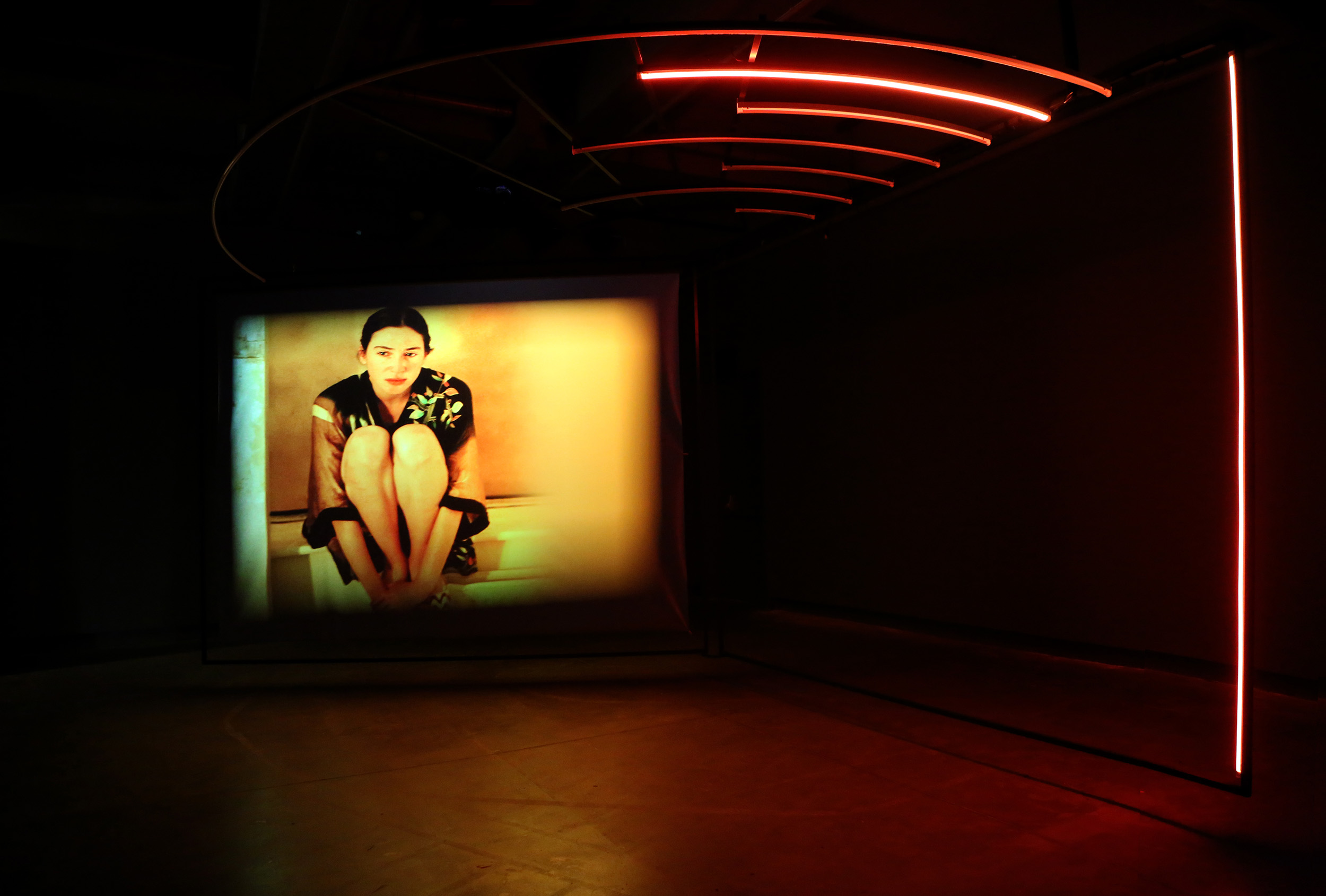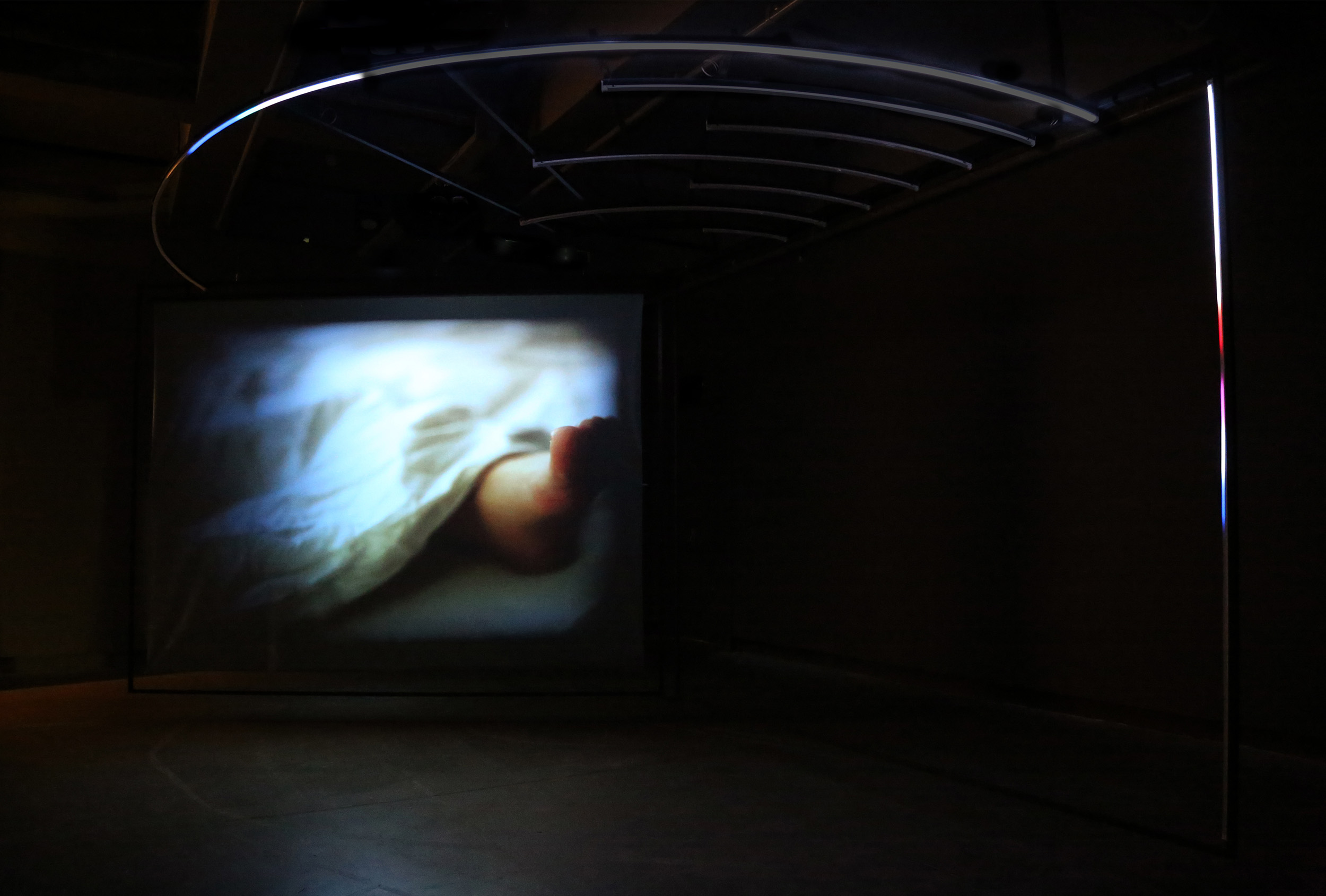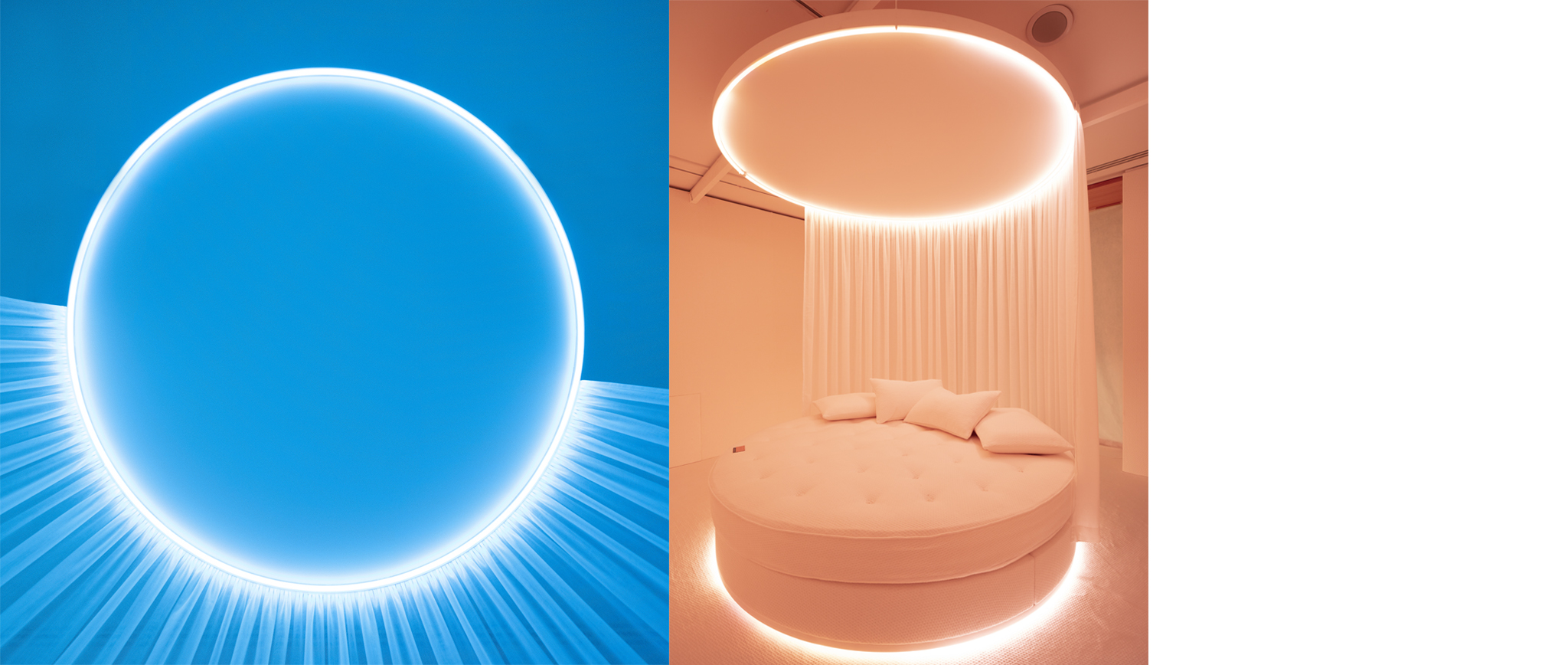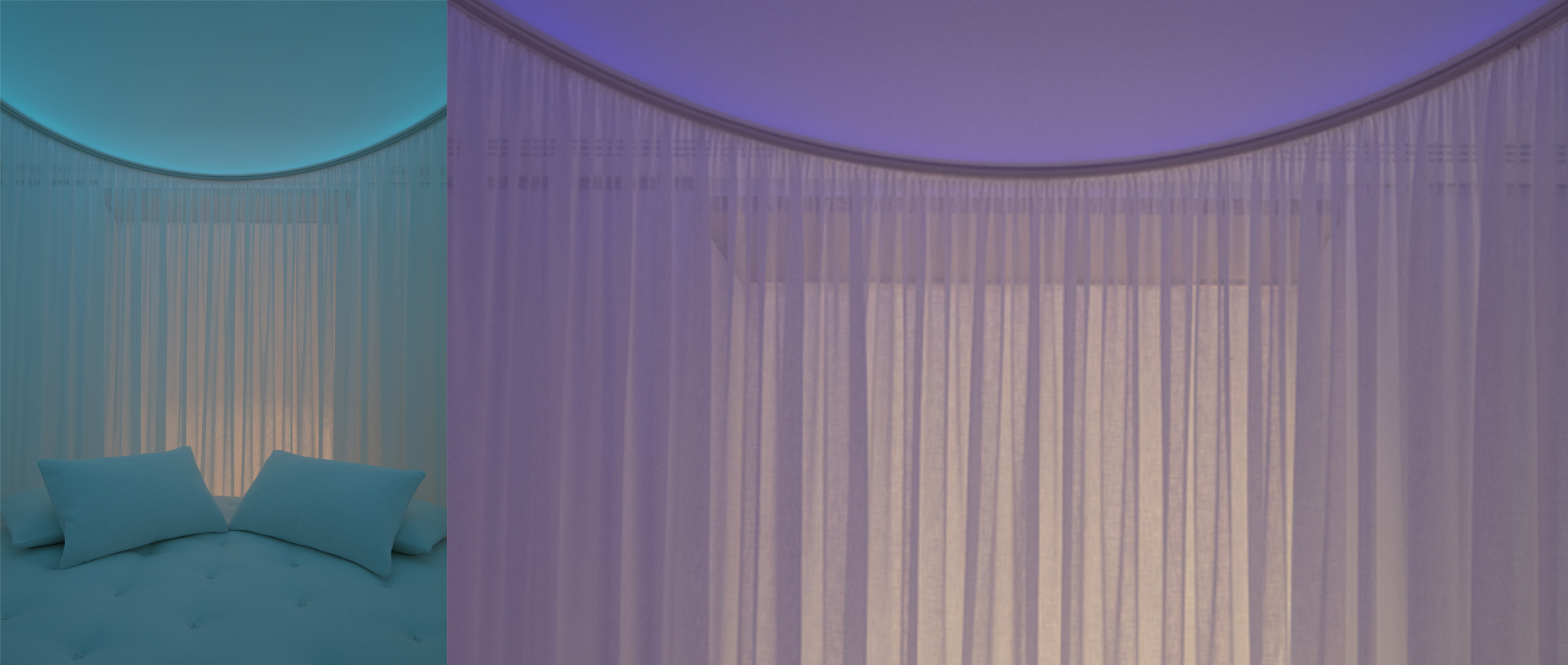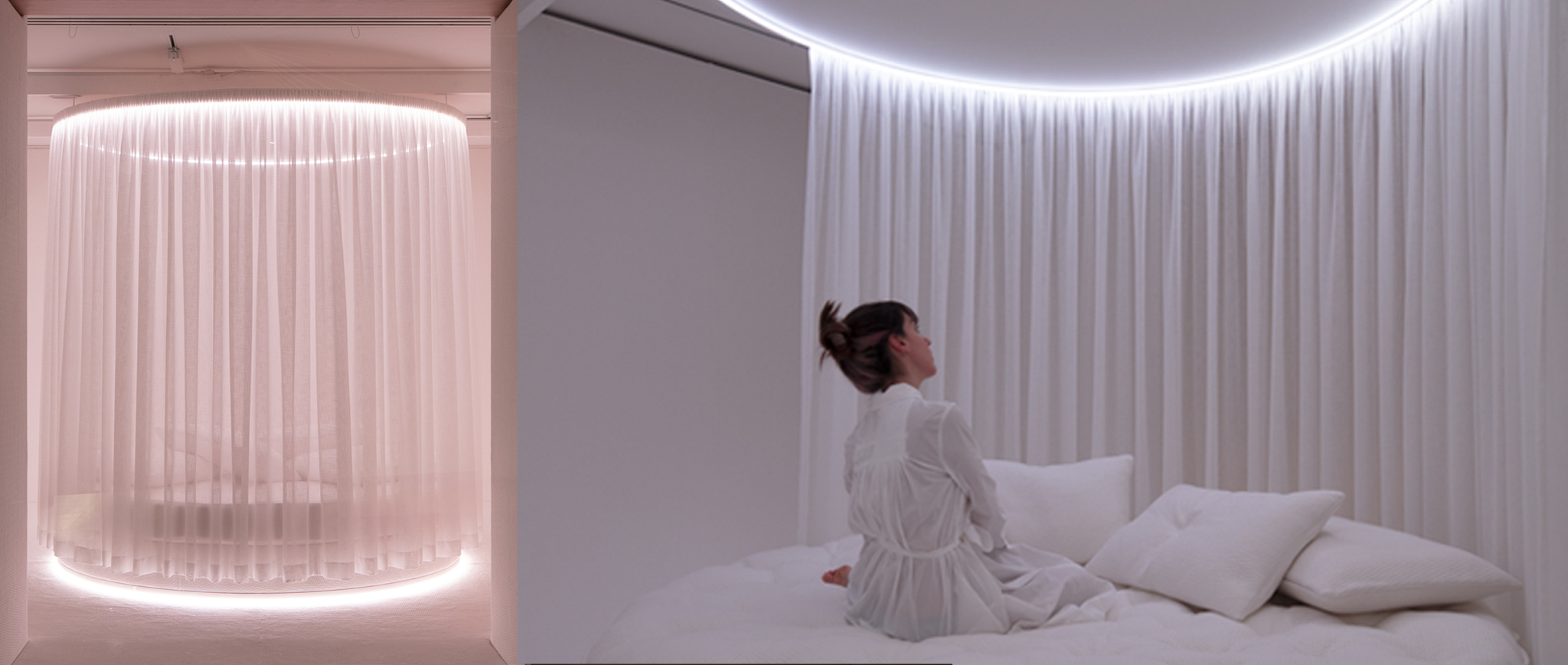UCHRONIAN CRITICAL MASS
A collective experiment in alternative ways of understanding and using time, launching 1 May 2020.
Mass quarantines across the globe due to the Coronavirus pandemic have prompted thinking about lasting structural changes in the ways we live and work—with time to unwind and reflect, and new ways of remote working and communication causing us to question commuting, consuming, care, habitation, and rhythms of work/life balance. It’s time to move beyond dreaming—let’s use this unprecedented opportunity to actually try out new ways of living. Now is the time for Uchronia—the temporal utopia.
WHAT
In this mass experiment, healthy, self-isolating participants are asked to ‘unlearn’ societal time and develop their own temporal system, more suited to their own rhythms. The idea is to start afresh with what we call time. In a one-week collective experiment, participants will develop and live by their own time-giver, enacting and documenting the experiment through social media.
BRIEF
1. Set aside Monday to Friday (ideally) or at least 48 hours.
2. Pick a time-giver for this period of time. Develop your own time-giver (Zeitgeber), something that replaces clock time. It can be based on natural rhythms, the body, other mammals, technology…. For example, the time-giver could be a deck of cards and a set of rules—drawing a card could mean a change of activity, and the card indicates the length and type of that activity.
3. Plan the experiment in as much detail as you can, and document it in a way it suits you (video recordings, writing, sound recordings, drawings, photography, …)
4. Inform your network about the experiment (eg. telling them directly, setting an automated email, Instagram message) so they don’t expect timely replies from you.
5. Remove yourself from clock time (tape over the time on your phone, computer, microwave, …).
6. Prepare things like food beforehand if necessary, so you don’t need to leave your own temporal bubble (except if this is part of your time-giver). The less external interruptions, the better.
7. Do it and enjoy the temporal freedom :). Stay safe and in your comfort zone!
WHEN
Fri 1 May: The experiment kicks off with a live online briefing and Q&A.
Mon 4 May: With the weekend to choose a time-giver and group to follow it, the experiment begins, with participants documenting their progress throughout with photos or other chosen means.
Fri 8 May: The first phase ends, documentation is collected and analysed. Some participants may want to continue their experiment for longer.
Fri 8 May: Guest livestream TBC
Mon 11 May: After an initial analysis of the collected documentation, some participants
WHY
A specific cultural temporality becomes deeply encoded in each person during childhood. From that point onwards, the perception of time becomes part of one’s personality as if no other temporality exists. But our reliance on clocks, calendars and societal time cues has led to what sociologists, chronobiologists and philosophers call a ‘time crisis’ or dyschronia, impacting our sleep, causing stress, and with knock-on effects on our health and well-being.
HOW
I do not propose going back to an imagined agricultural idyll, rejecting all technologies and institutions. On the contrary, technologies such as mobile phones and practices like remote working enable flex-time can let everyone live according to their own chronotype—the bodily characteristics, tied to age and preferences, that make each of us a ‘lark’ or ‘owl’ or something in between.
Uchronia Critical Mass exploits the historical opportunity the pandemic and resulting quarantines have opened up, not to create new national or global collective time systems, but for each individual, family, or household to step outside the current system, choose their own time-giver and live by it for one week or more. This may or may not cause institutions to change established time conventions, but it will (1) prompt people to question the embedded societal rhythms and their impact on individual health and well-being, (2) create an opportunity for people to think about a time system they would like to live in, and (3) enable them to test it in practice.
FREQUENTLY ASKED QUESTIONS
What is uchronia?
Derived from the Greek u-chronos or eu-chronos, uchronia refers to ‘no time’ or ‘good time’. Derived from Utopia, the imaginary place in Sir Thomas More’s 1516 book, Uchronie was originally coined by Charles Renouvier in his 1876 novel of the same name. Uchronia was the focus of my PhD research, and my own experiments are described in detail in my book Uchronia: Designing Time, published in January 2020 by Birkhäuser.
How do I step out of clock time?
In my experiments I ask participants to give up their phones, computers, and other devices containing clocks, and I give them old mobile phones with the clock disabled and without internet access. For this experiment, I ask participants to hide, disable or cover clocks, calendars and other time devices. We will, however, primarily use the internet for communication and documentation.
What is a time-giver?
According to chronobiologist Till Ronneberg, we are ‘entrained’ by external time cues—the most dominant being clocks and calendars, but also natural and artificial light, the rhythms of our jobs and other people. In this project, a time-giver is something that replaces the clock. It can be based on the environment, other people or animals, technology, etc. In previous experiments, participants have used food, pets, music, spaces, bespoke constructed timing devices, even Proust’s In Search of Lost Time, as time-givers.
How do I document my experiment?
Participants are asked to photograph or use other means—drawing, video, voice recording, music. I have seen very creative means used by art and design students in my experiments, but here participants can use any means available to them. Documentation can be posted on Instagram, Twitter or Facebook with the hashtag #ucoronia (which combines ‘uchronia’ with ‘corona’), sent to me by email, or uploaded to a shared online folder I will make available.
Is this a medical experiment?
No. While I regularly work with chronobiologists, this is artistic research, and participants are asked for consent to participate on the condition that they take responsibility for their own health and well-being. Living by a new time-giver should not put at risk one’s own or others’ mental or physical health, and only healthy, self-isolating adults are asked to participate. Social distancing advice should be followed. I will use participants’ documentation for my research, with their permission, and in return I will share the findings online freely.
Read more
WHAT YOU DON’T SEE
One of the consequences of our 24/7 economy, which is centred around production, efficiency and growth, is that we live in a permanent state of illumination and connectivity. This has major consequences for the lives and well-being of people, animals, landscapes and other living beings.
What You Don’t See argues that we must first learn to see these consequences before we can act. And that this requires new knowledge, specific instruments and different points of view. Het Nieuwe Instituut has invited a variety of speakers that let us see through their eyes.
Using aspects of light and darkness as the informers of time, Helga Schmid choreographed What You Don’t See as an ongoing conversation between perspectives, ideas, researches and speculations.
Symposium, 12 October 2019, 14:00 to 18:00, Het Nieuwe Instituut, Rotterdam
Read more
DESIGNING TIME
Currently, clock time structures and directs human behaviour. But are there alternative time systems that are better for our health, happiness and overall productivity? Rather than being guided by the clock, Designing Time investigates new time systems and ways of living. Why are we always stressed? Why is there never enough time in the day to achieve what we set out to? Why are we always in a rush?
Today we are in a time crisis. The societal transformation from an agricultural to an urbanised 24/7 society, reflected in a move from natural time to the mechanical clock to the contemporary digital age, has influenced our daily biological and social rhythms. Modern technology has fostered an increasing temporal fragmentation, heralding an era of flexible time with ever more complex processes of synchronisation. These inhumane rhythms conflict with the natural rhythmicity of the human biological clock. When we turn our attention to understanding our body rhythms, new patterns and systems emerge: At what time of day am I most productive? Are my concentration levels more focused in the morning or afternoon? How much sleep should we be getting? There are no simple answers to these questions. We are all individual and require different rhythms and cycles to accommodate our needs. In Designing Time, we investigate this question. The gallery space acts as the clock itself and body rhythms become the essential criteria for spatial activity. It is an investigation into what uchronian (utopian for time) design thinking can be. It’s not a blueprint, but a way to rethink the complexity of time.
Artists and speakers include: Federico Campagna, Piotry Ceglarek, Tereza Červeńová, Ronnie Deleen, Demystification Committee, Claudia Dutson, Frances Hollis, Francisco Ibanez, Nayan Kulkarmi, Laura Lorenz, Debra Skene and Mále Uribe Fores.
Design Museum, 23-24 February 2019. The project is kindly supported by Savoir Beds, Funktion-One and the Royal College of Art.
Image credit: © Francisco Ibáñez Hantke /@estudioibanez
Read more
CIRCADIAN SPACE
The project explores the nature of temporality in relation to the human circadian rhythm (daily, bodily rhythm, from Latin circa and dies). The physicality of our bodies is the centre of consideration, with the human body clock as parameter for spatial development. The clock (societal time) structures and directs people’s behaviour. But rather than being guided by clock time, the space acts as the clock itself, with the human circadian phases becoming the essential criteria for spatial movement. Hours, minutes and seconds recede in importance as the space becomes the clock.
New production/commissioned by Z33 House for Contemporary Art for Istanbul Design Biennial 2018.
Helga Schmid in collaboration with Piotr Ceglarek, Tereza Červeňov, Malé Uribe Fores, Delfina Fantini van Ditmar and Michaela French. The project is kindly supported by LedFlex.
Read more
CIRCADIAN DREAMS
Contemporary life is dictated by external time-givers (clock time, day-night rhythm), but what happens if we concentrate on our body and our individual time signature?
Circadian Dreams is an installation developed as part of my ongoing artistic research on Uchronia (defined as temporal utopia). In this installation the space acts as a clock. Twelve minutes represent one circadian day of ~24 hours, each minute representing two hours. The light and sound scape relates to your body phases, with a bright blue tone that activates you, an intensive red-orange which makes you sleepy, and darkness which brings you to a sleep/dream state. The phases are based on peak daily times for logical reasoning, concentration, muscle strength, up to melatonin secretion and highest body temperature. The typology of a home, with kitchen and bedroom, becomes irrelevant when the bodily rhythm provides new criteria for dwelling.
Design Museum, on show until end of April 2019. In collaboration with: Marcela Uribe Forés (spatial design), Piotr Ceglarek (sound art and light design) and Dr Emily Candela (interviews). The project is kindly supported by Savoir Beds and Led Flex.
Image credit: © Francisco Ibáñez Hantke /@estudioibanez
Read more
© Helga Schmid, 2018. Site by Our Place.
https://uchronia.world
https://uchronia.world/wp-content/themes/uchronia
https://uchronia.world/wp-content/themes/uchronia/site-icons/
